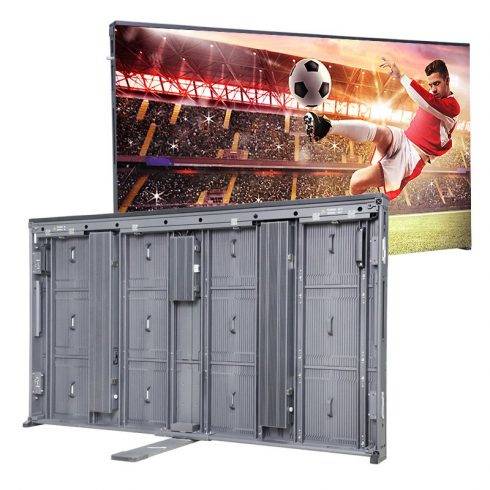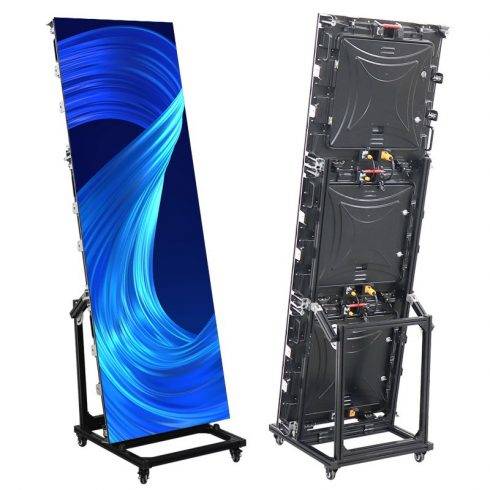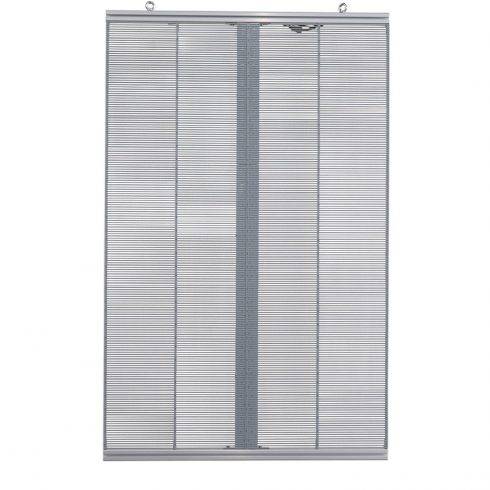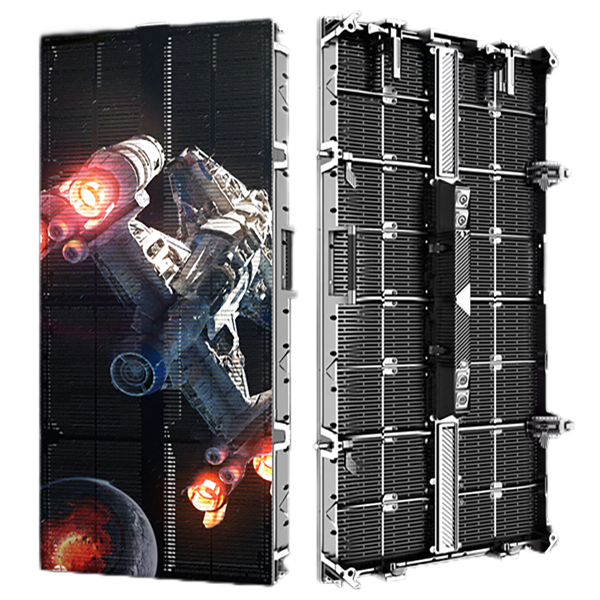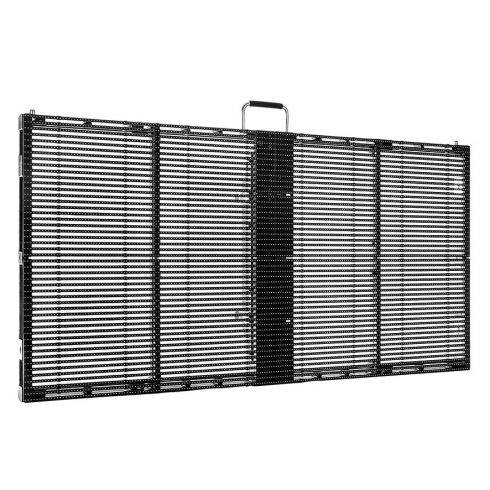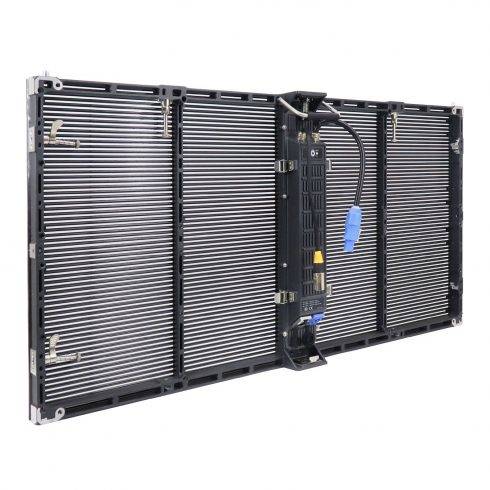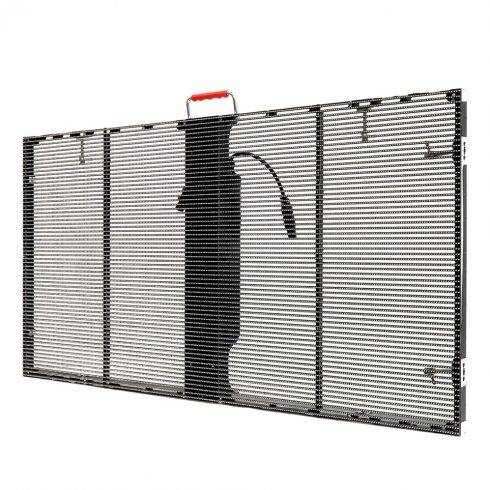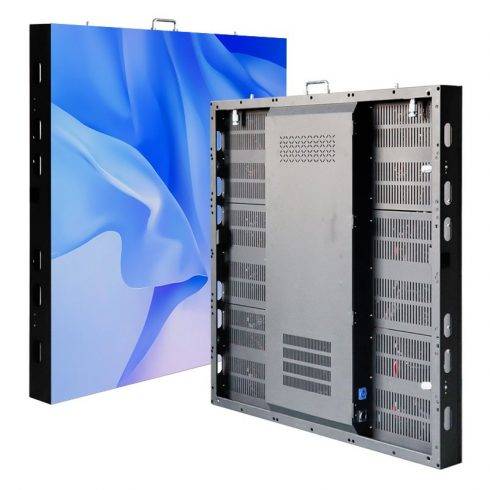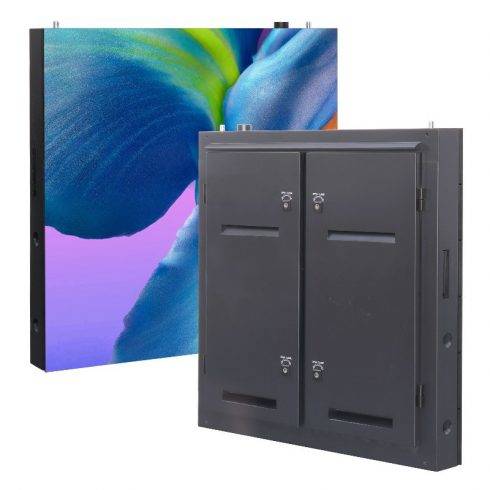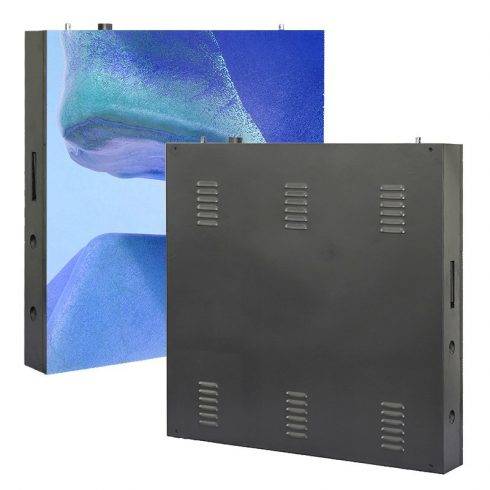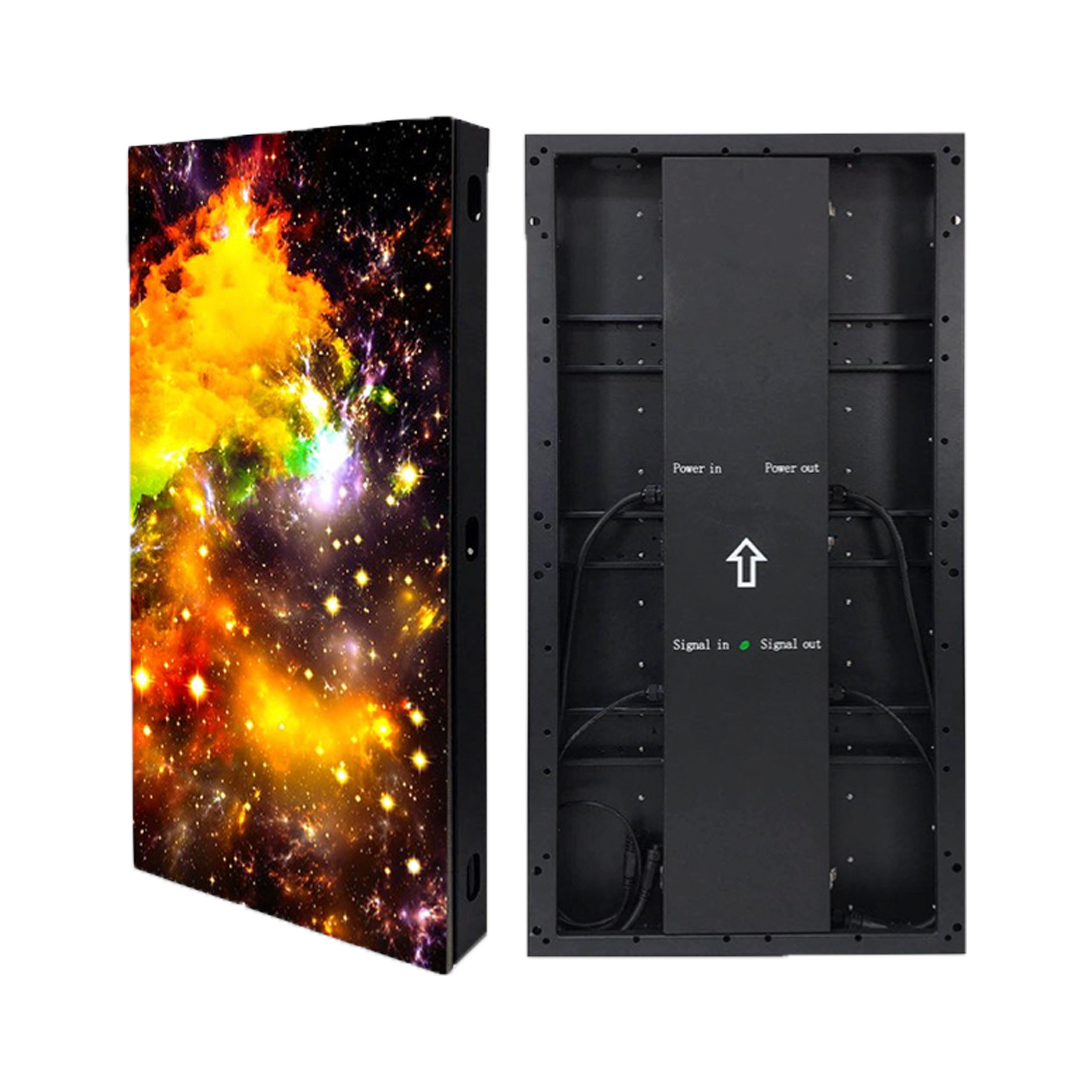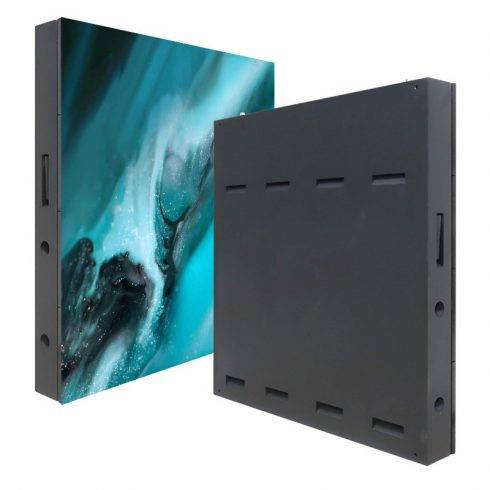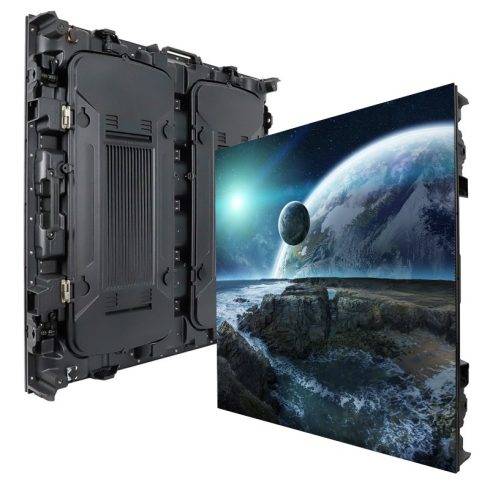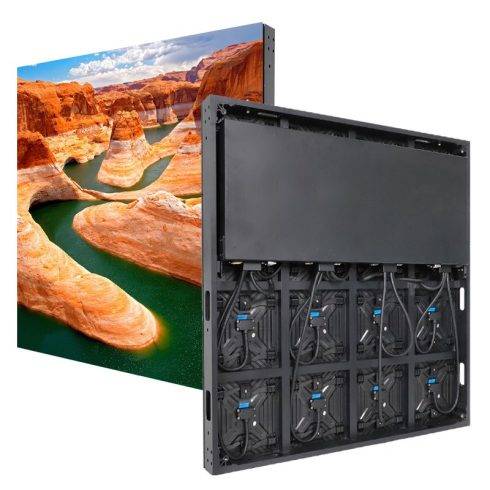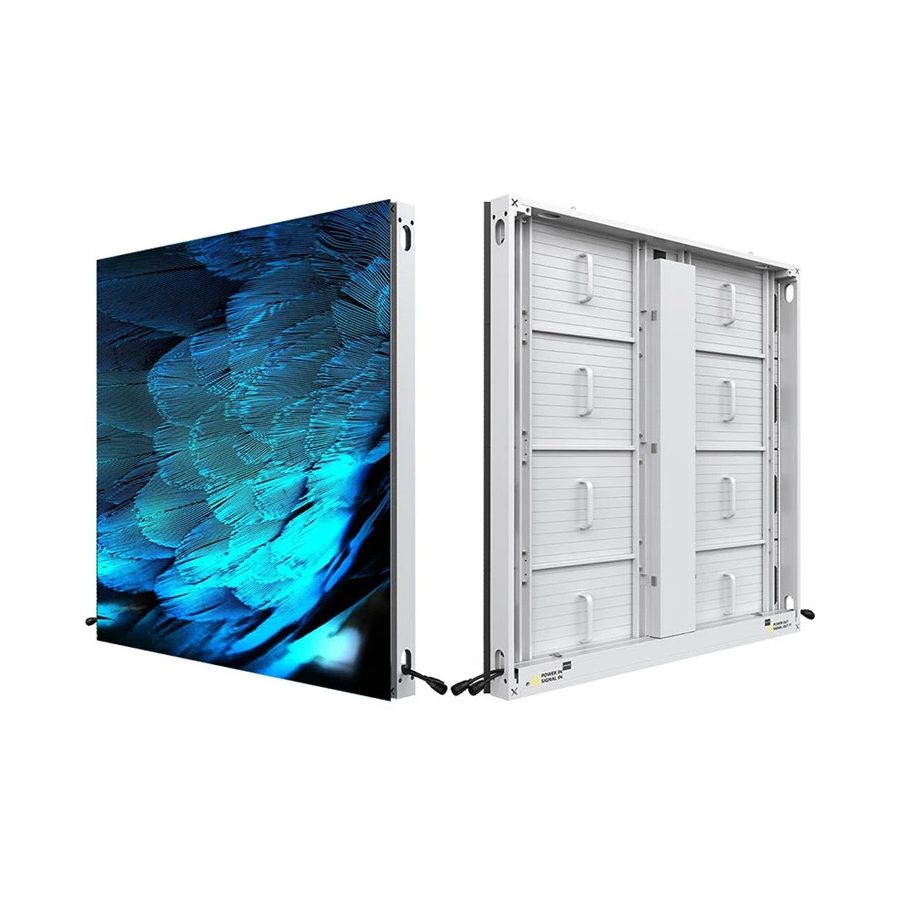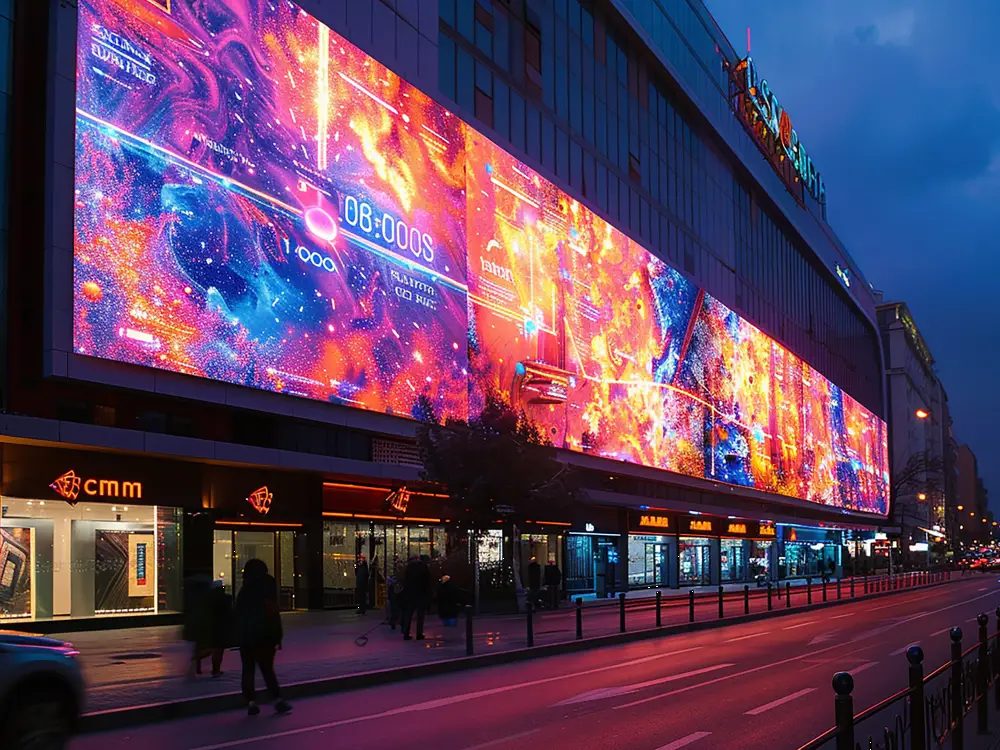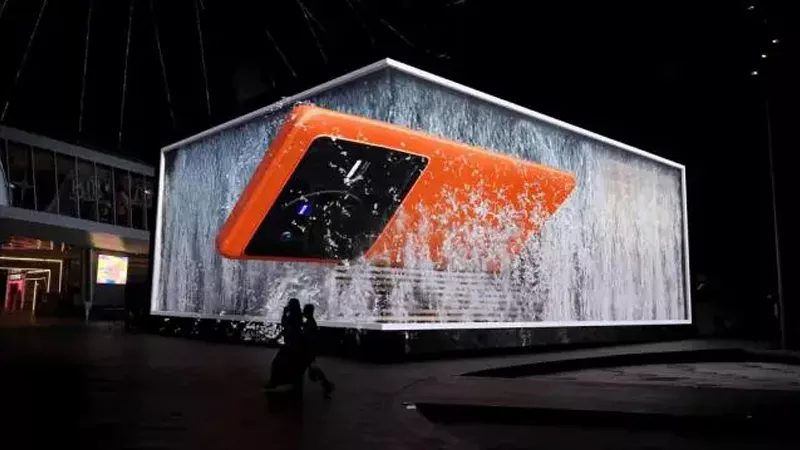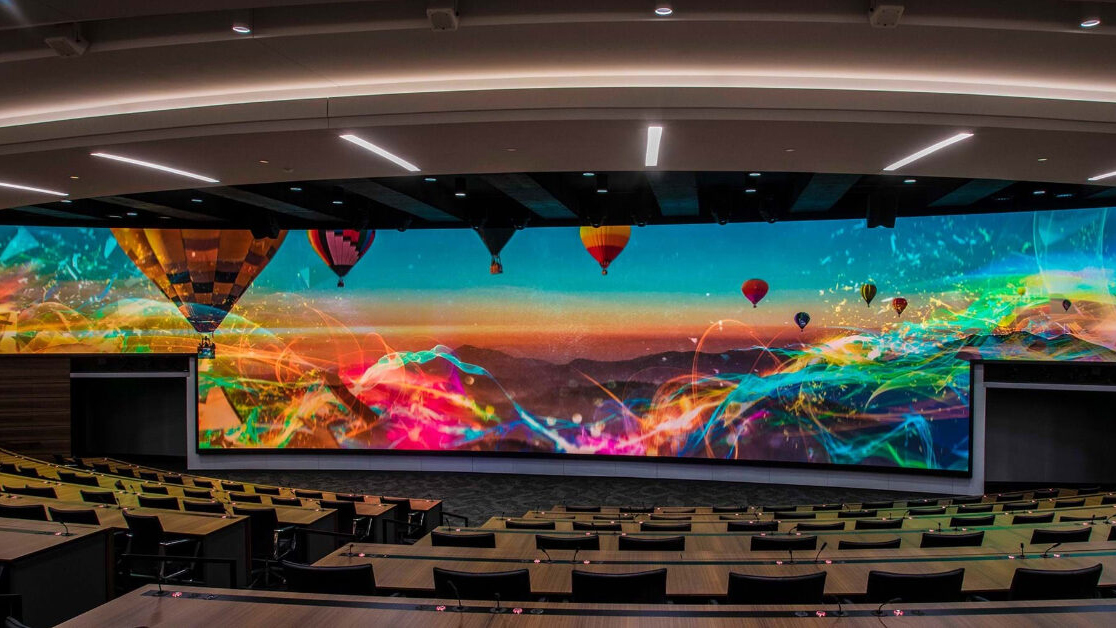In the modern world of events and conferences, visuals play a crucial role in creating impactful experiences. Conference LED screen displays have become a cornerstone of this transformation, offering vibrant, dynamic, and versatile solutions that enhance presentations, captivate audiences, and provide seamless communication. This ultimate guide explores the benefits, types, and critical considerations for using LED screens in conferences, equipping organizers with the insights needed to make the most of this powerful technology.
The Role of LED Screens in Conferences
Gone are the days when static projectors or printed materials were the primary tools for event communication. Conference LED screens have revolutionized the way information is presented, transforming static sessions into immersive experiences. They enable event organizers to display crisp visuals, live feeds, multimedia content, and interactive elements, catering to diverse audience needs and expectations.
In today’s digital age, audiences demand clarity, engagement, and professionalism. LED screens deliver on all three fronts, ensuring that messages are communicated effectively, regardless of venue size or lighting conditions. Whether it’s a small business seminar or a global convention, LED displays set the stage for impactful storytelling.
Benefits of LED Screens in Conferences
- Enhanced Visual Impact
LED screens offer unparalleled brightness, contrast, and color accuracy, making them perfect for showcasing high-quality visuals. They ensure that every attendee, even those seated at the back of the room, has a clear view of the content. - Versatility in Display Options
From live video streaming to data visualizations and interactive touchscreens, LED screens can handle a wide variety of content. This versatility makes them suitable for keynote presentations, panel discussions, product launches, and more. - Adaptability to Venue Conditions
LED screens perform well in diverse lighting conditions, from dimly lit conference halls to outdoor settings. Their high brightness levels and anti-glare properties ensure excellent visibility in any environment. - Scalability
LED walls can be customized to fit any stage or venue size. Whether you need a small screen for an intimate workshop or a massive video wall for a grand conference, the modular nature of LED panels allows for endless configurations. - Durability and Cost-Effectiveness
While the initial investment in LED screens may be higher than alternatives, their durability and low maintenance costs make them a cost-effective choice in the long run. - Audience Engagement
Dynamic visuals and interactive capabilities help capture audience attention, fostering greater engagement and retention of information.
Types of LED Screens for Conferences
- Indoor LED Screens
These are designed for use in controlled environments, such as conference halls and auditoriums. They offer high resolution and lower brightness levels suited for indoor settings. - Outdoor LED Screens
Built to withstand weather conditions, outdoor LED screens are perfect for conferences held in open spaces. They feature higher brightness levels and rugged construction to ensure durability. - Curved LED Walls
For events that demand a cutting-edge aesthetic, curved LED walls create a more immersive viewing experience. These displays are ideal for showcasing panoramic visuals or creating a unique stage design. - Transparent LED Screens
Transparent displays add a futuristic touch to conferences, allowing content to appear as if floating in mid-air. They are often used for branding or as interactive elements in tech-focused events. - Mobile LED Displays
Portable and easy to set up, mobile LED screens are a great choice for events requiring quick installation or multiple display locations within the same venue.
Key Considerations for Selecting Conference LED Screens
- Resolution and Pixel Pitch
The resolution of an LED screen determines the clarity of the displayed content. Pixel pitch, which measures the distance between pixels, plays a significant role in resolution. Smaller pixel pitches offer sharper images, making them ideal for close-up viewing. - Screen Size and Configuration
Choose a screen size that fits the venue and ensures visibility for all attendees. Modular LED panels allow for custom configurations, so you can create screens that match the stage layout and audience capacity. - Brightness and Contrast
Brightness levels should be tailored to the venue’s lighting conditions. Higher brightness is essential for outdoor or well-lit spaces, while lower brightness suffices for dimly lit indoor settings. - Refresh Rate
A higher refresh rate ensures smooth video playback and minimizes flickering, which is particularly important for live streaming and high-motion visuals. - Content Compatibility
Ensure that the LED screen can seamlessly integrate with your presentation tools, video equipment, and software platforms. Compatibility ensures a smooth transition between different types of content during the event. - Ease of Installation and Operation
Look for LED screens that are easy to install and operate. Professional support from suppliers or AV teams can make setup and management hassle-free. - Budget
While LED screens are a significant investment, consider factors like rental versus purchase, maintenance costs, and potential future use. Renting may be a practical choice for one-off events, while purchasing can save costs for recurring conferences. - Environmental Considerations
For eco-conscious events, opt for energy-efficient LED screens. Many modern models are designed to consume less power without compromising performance.
Implementing LED Screens in Conferences: Best Practices
- Define Your Objectives
Identify the goals of your conference and the role LED screens will play. Are they meant to display presentations, facilitate live streaming, or serve as branding tools? Clear objectives help guide your choice of screens and content. - Work with Professionals
Collaborate with experienced AV teams or suppliers to ensure the right setup and optimal performance. They can assist with installation, calibration, and troubleshooting. - Optimize Content Design
Tailor your content to the LED screen’s resolution and aspect ratio. High-quality visuals, large fonts, and clean layouts enhance readability and impact. - Test and Rehearse
Conduct thorough testing of the LED screen setup before the conference. Rehearse presentations and transitions to iron out any technical glitches. - Engage the Audience
Leverage the dynamic capabilities of LED screens to foster interactivity. Polls, social media walls, and real-time Q&A sessions keep attendees engaged. - Evaluate Performance Post-Event
Gather feedback from attendees and assess the effectiveness of the LED screens. Use these insights to refine your approach for future events.
The Future of LED Screens in Conferences
As technology advances, LED screens will continue to evolve, offering features like 8K resolution, AI-driven content optimization, and holographic displays. These innovations will further elevate conference experiences, setting new benchmarks for audience engagement and communication.
In addition, the integration of LED technology with hybrid event platforms will bridge the gap between physical and virtual attendees, enabling seamless participation across formats.
Conclusion
LED screens have become indispensable tools for conferences, offering unmatched versatility, visual appeal, and functionality. By understanding their benefits, exploring the different types available, and following best practices for implementation, event organizers can leverage LED displays to create unforgettable experiences. As the cornerstone of modern event technology, conference LED screens ensure that every presentation shines, every message resonates, and every audience member remains captivated.







